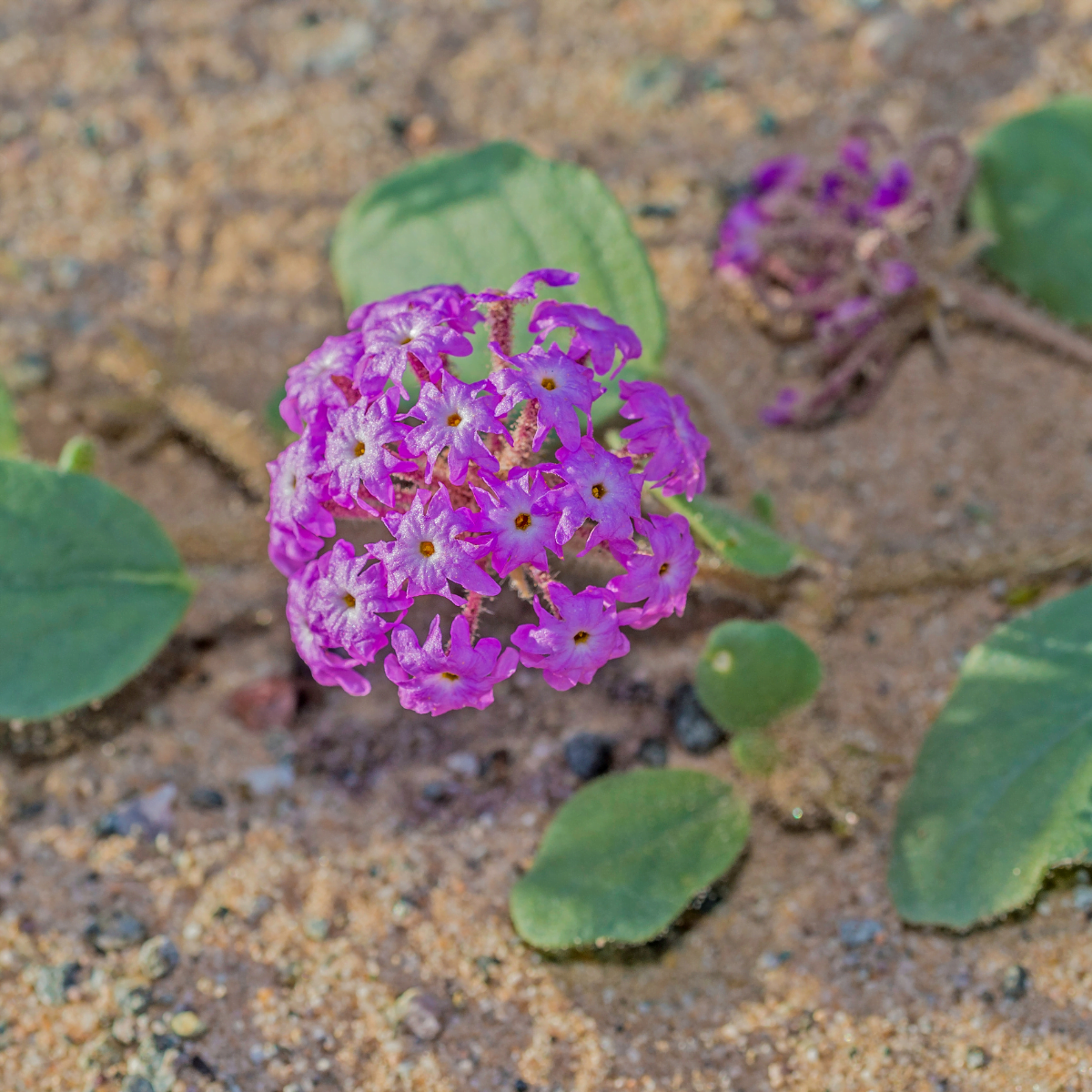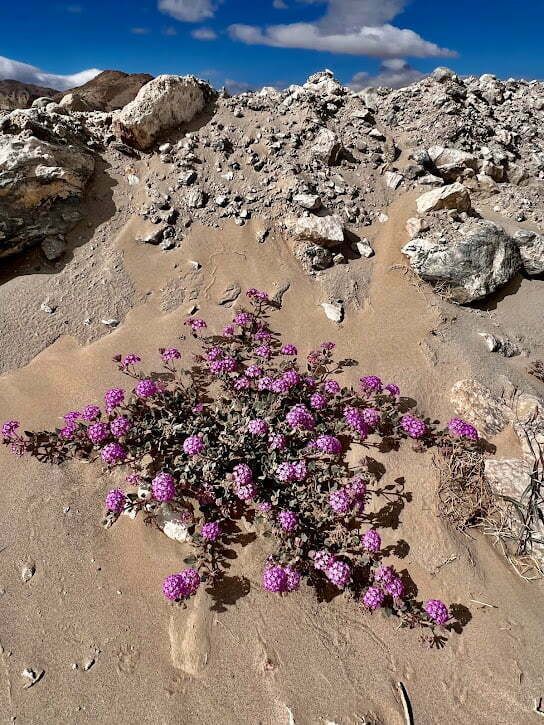The Sand Verbena: A Native Species of Anza-Borrego State Park
Share

Understanding the Sand Verbena of Anza-Borrego State Park
Anza-Borrego State Park is home to an incredible array of native flora and fauna, including the sand verbena. This wildflower is not only stunning to look at but also holds a special place in the park’s ecosystem. In this blog, we will take a closer look at this beautiful species and why it is important to the Anza-Borrego Desert.
What makes the Sand Verbena Unique?

The sand verbena, also known as Abronia villosa, is a native wildflower that is commonly found in the deserts of California and northern Mexico. It grows in sandy or gravelly soil and is most commonly seen blooming from February to May. The sand verbena is easily recognizable by its clusters of delicate, fragrant, and brightly colored flowers, which can range from pink to magenta to white.
The sand verbena is not only beautiful to look at but it also plays an important role in the ecosystem of Anza Borrego State Park. It is a crucial food source for many species of insects and birds, and it also helps to stabilize the soil and prevent erosion. The sand verbena’s fragrant and brightly colored flowers also provide a unique sensory experience for visitors to the park, making it an essential part of the park’s biodiversity and overall beauty.
Importance of Protecting Native Species
Protecting native species, such as the sand verbena, is vital for the preservation of Anza Borrego State Park’s ecosystem. Non-native species can quickly become invasive and cause harm to the park’s delicate balance of plants and animals. By promoting and protecting native species like the sand verbena, we can ensure the continued health and beauty of Anza Borrego State Park for generations to come.
The sand verbena is a beautiful and important part of Anza Borrego State Park’s ecosystem. Whether you’re a visitor to the park or a resident of Borrego Springs, be sure to take the time to appreciate this unique and vibrant wildflower.









